Every iPhone Generation: A Full History of Release Dates
The Apple iPhone: A Comprehensive History of Every Generation
The iPhone, a 21st-century marvel, has sold over 2.3 billion units globally. With 17 years and numerous models under its belt, tracing the iPhone's evolution can be challenging. This chronological list details every iPhone released, from the original in 2007 to the latest iPhone 16 in 2024.
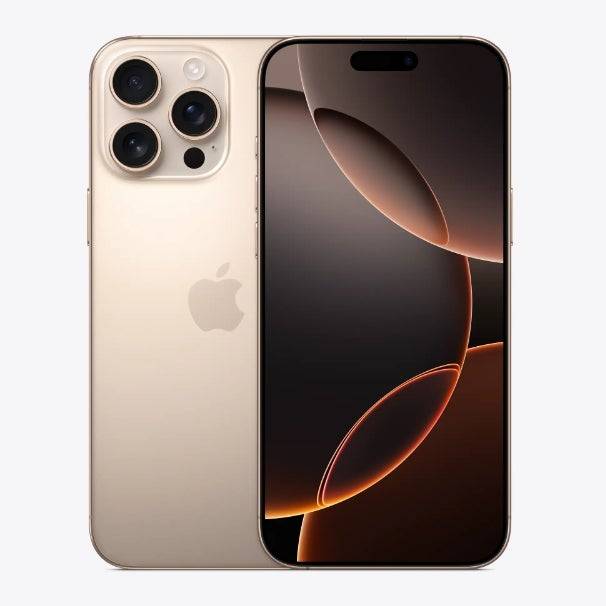
Total iPhone Generations: 24
This count includes variations like Plus and Max models within each generation, as well as distinct models such as the iPhone SE and iPhone XR.
How Often Do You Upgrade?
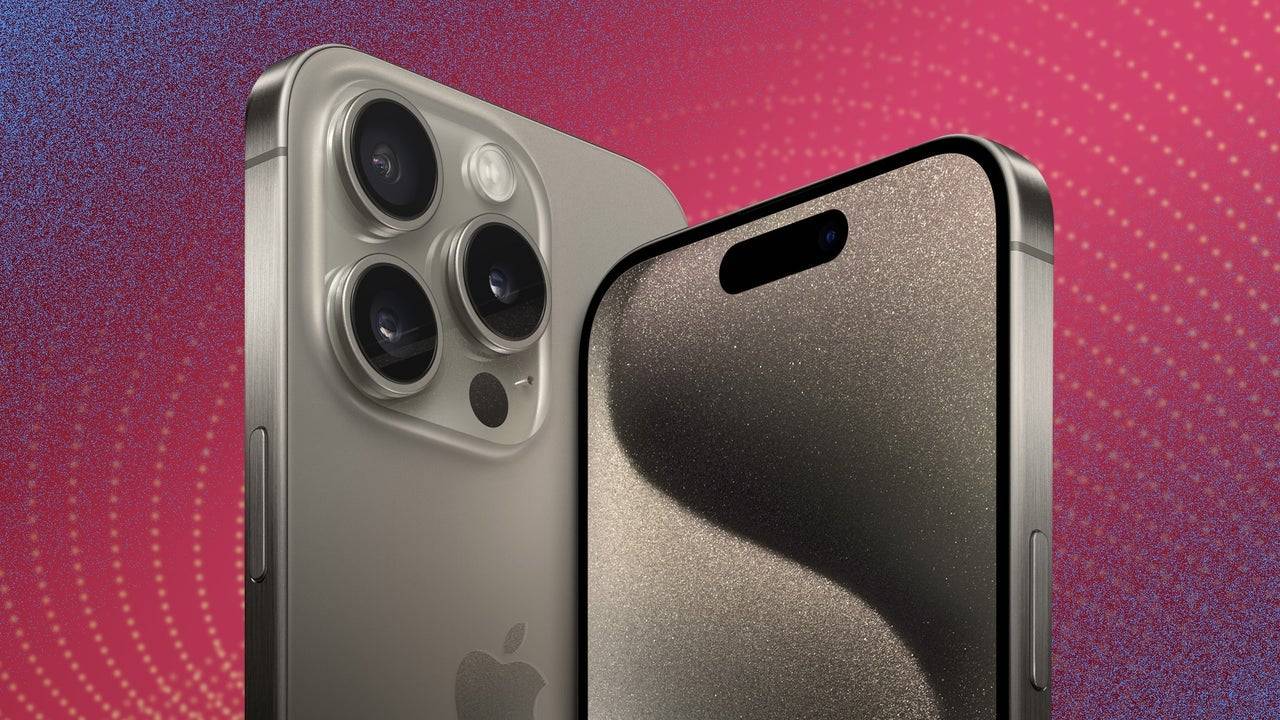
(Poll options: Every year, Every 2-3 years, Only when my current iPhone stops working)
Every iPhone Generation:
1. iPhone (June 29, 2007)
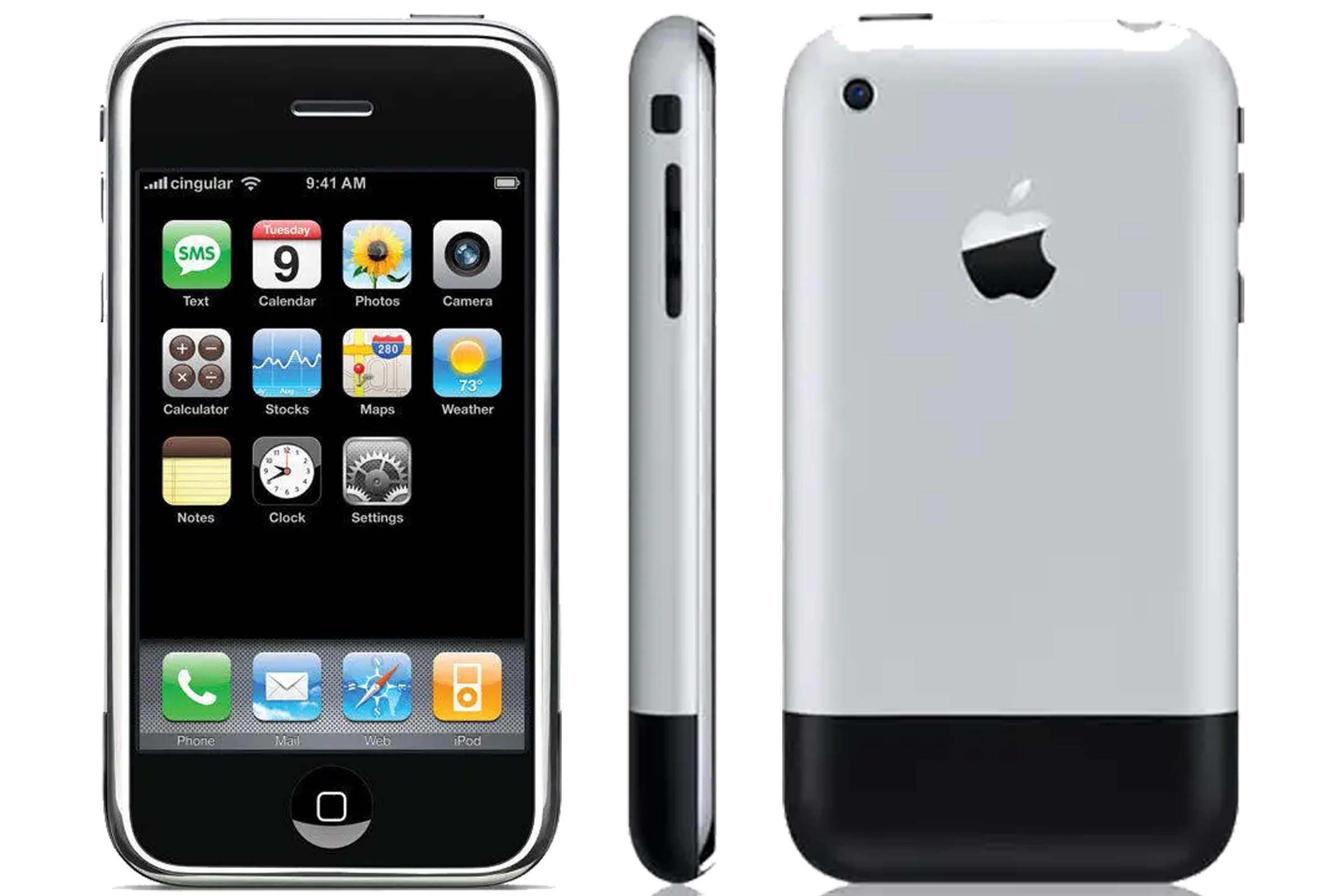
The groundbreaking original iPhone combined iPod, phone, and internet capabilities, revolutionizing the smartphone market. Its 3.5-inch display and 2MP camera marked a significant departure from traditional cell phones.
2. iPhone 3G (July 11, 2008)
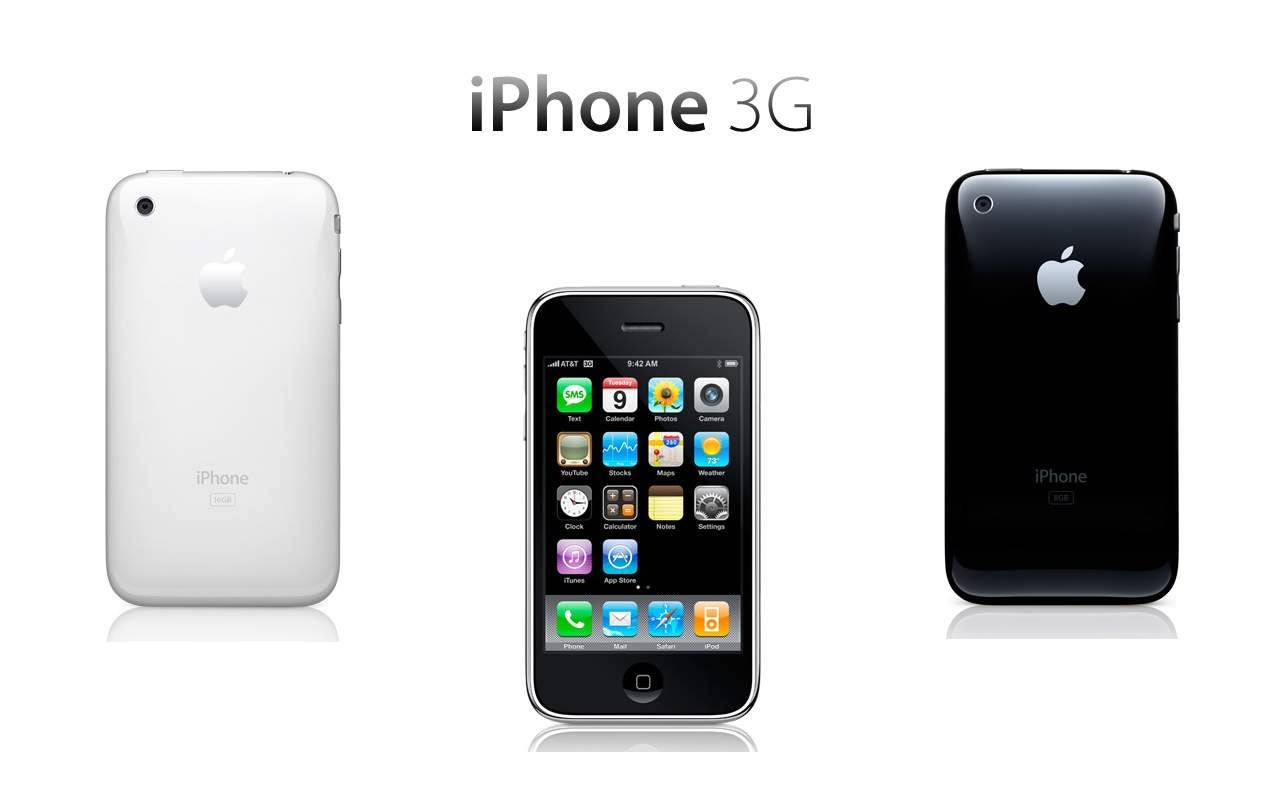
The iPhone 3G introduced 3G connectivity and the revolutionary App Store.
3. iPhone 3GS (June 19, 2009)
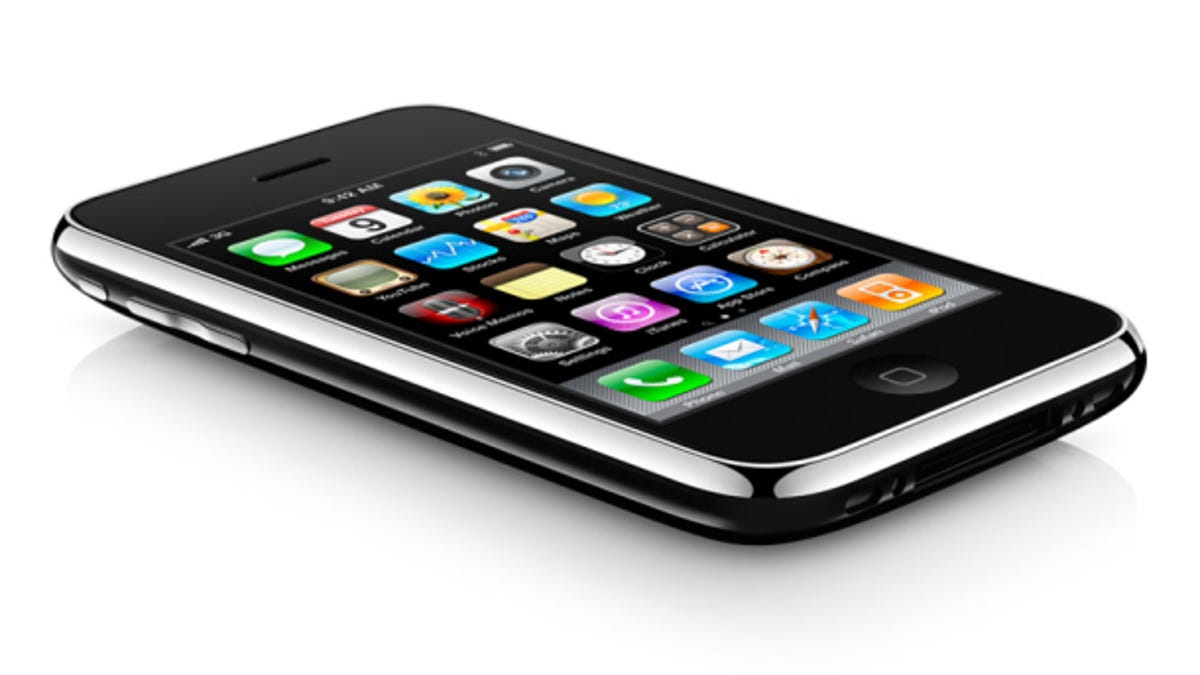
This model featured an upgraded 3MP camera and double the processing speed of its predecessor.
4. iPhone 4 (June 24, 2010)
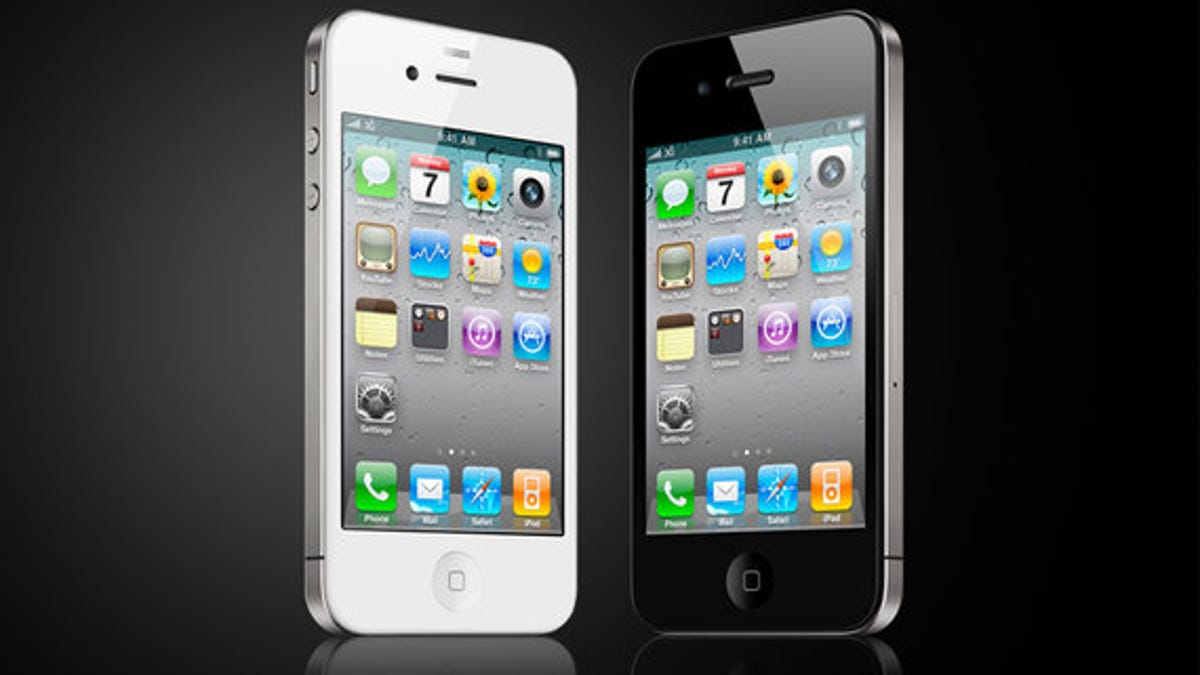
The iPhone 4 debuted FaceTime video calling, a 5MP camera with LED flash, and Apple's first Retina display.
5. iPhone 4S (October 14, 2011)
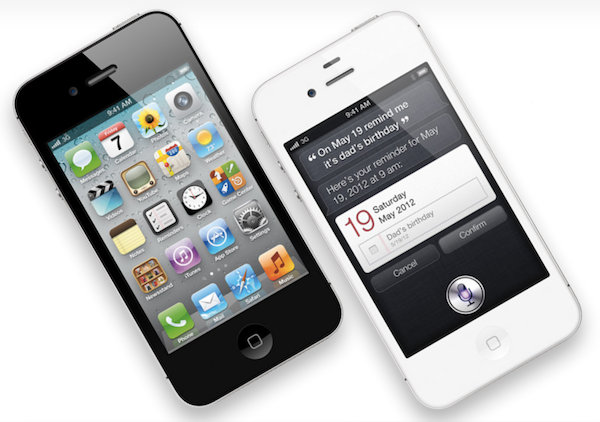
The iPhone 4S introduced Siri, the virtual assistant, and 1080p video recording.
6. iPhone 5 (September 21, 2012)
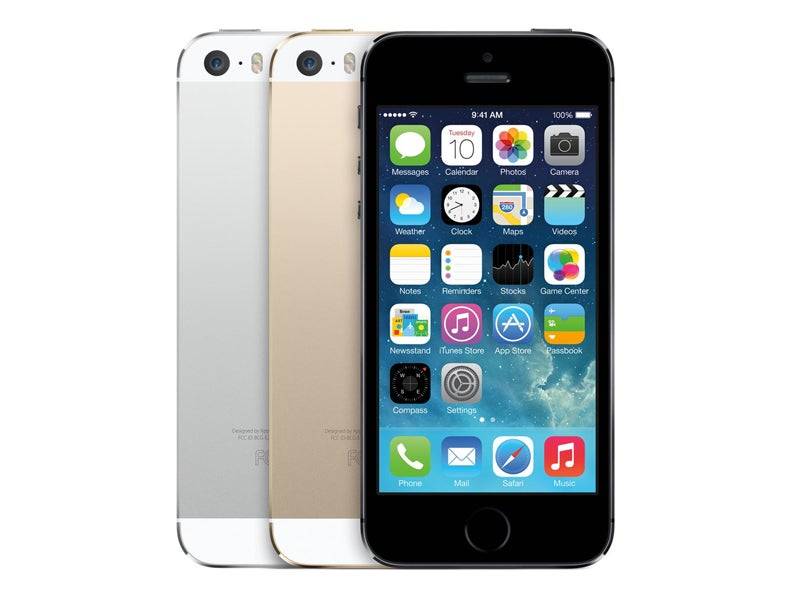
LTE support, improved audio, and the introduction of the Lightning port were key features of the iPhone 5.
7. iPhone 5S (September 20, 2013)
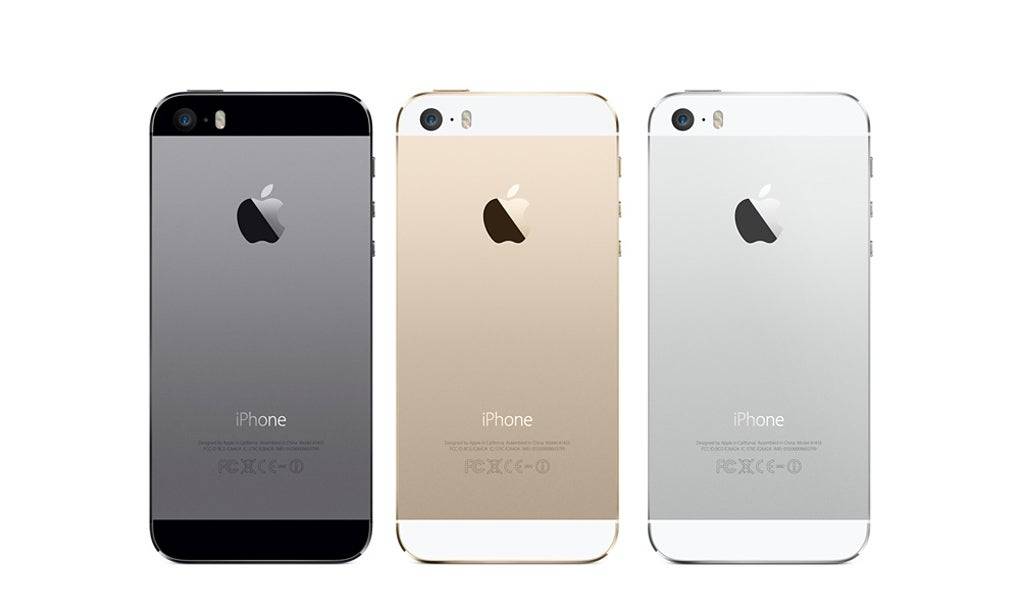
Touch ID fingerprint unlocking, the A7 processor, and enhanced camera technology debuted on the iPhone 5S.
8. iPhone 5C (September 20, 2013)
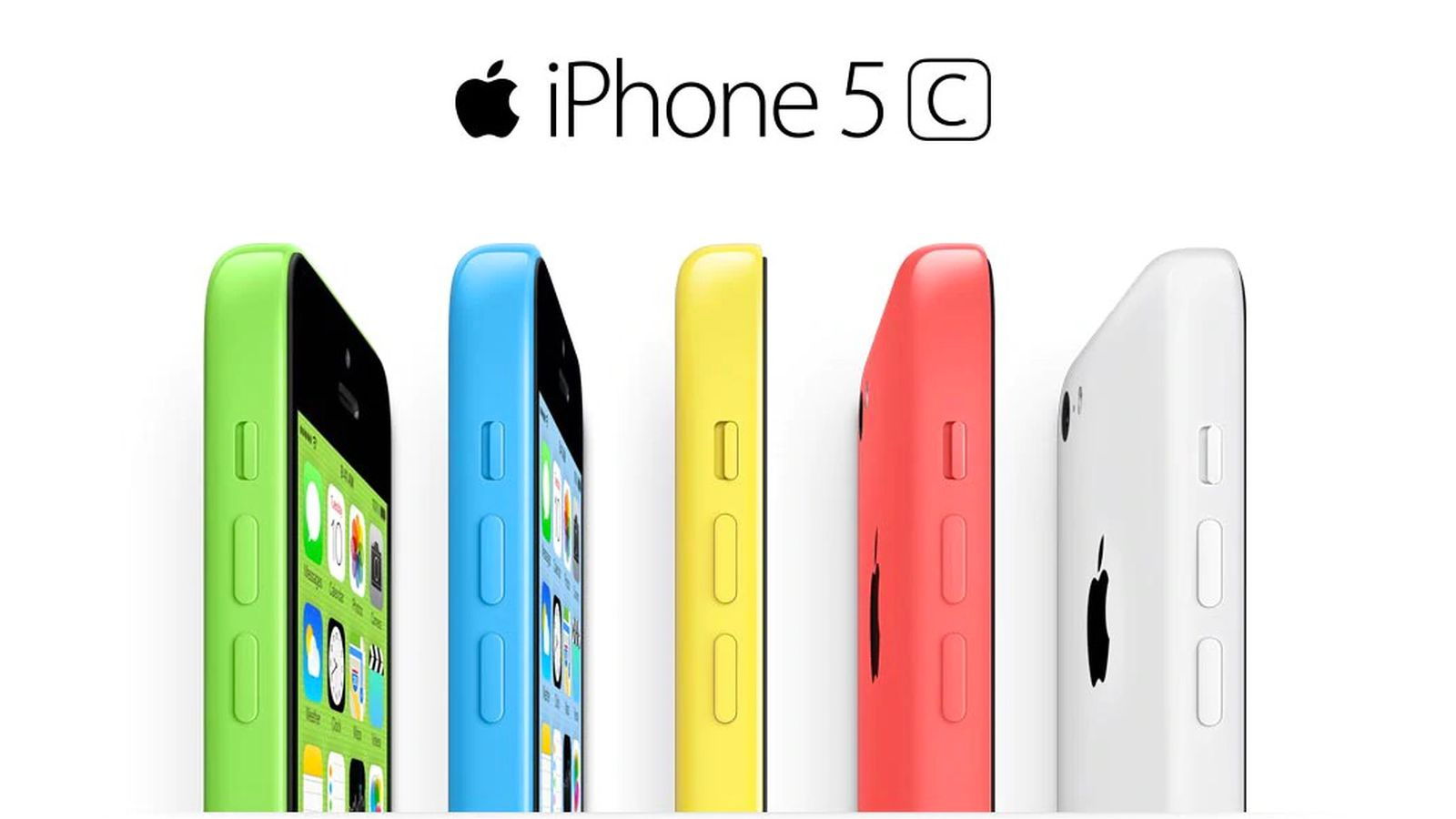
Apple's first budget-friendly iPhone, offering vibrant colors and the same hardware as the iPhone 5.
9. iPhone 6 (September 19, 2014)
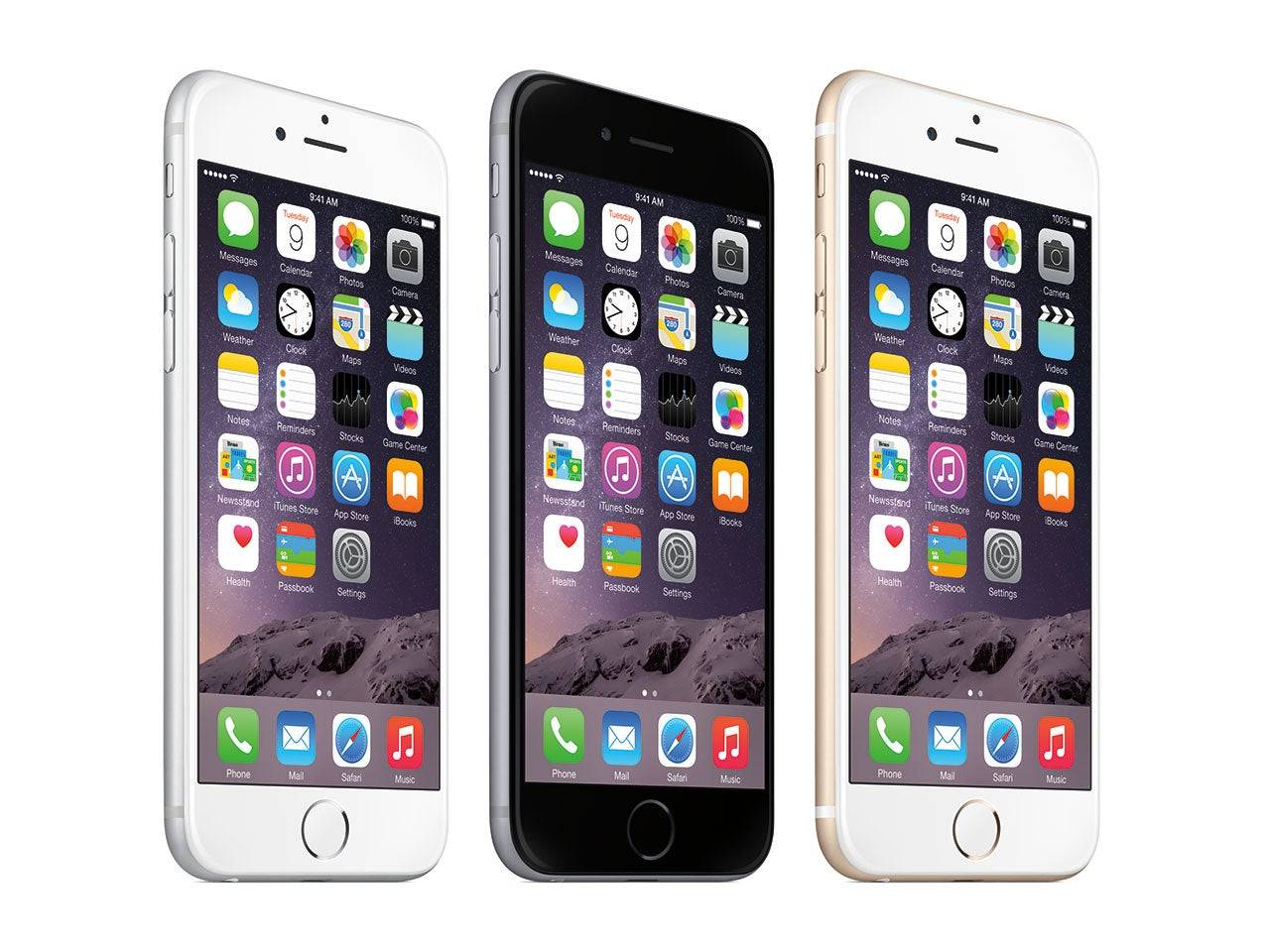
A slimmer design, Apple Pay, and the introduction of the larger iPhone 6 Plus marked this generation.
10. iPhone 6S (September 25, 2015)
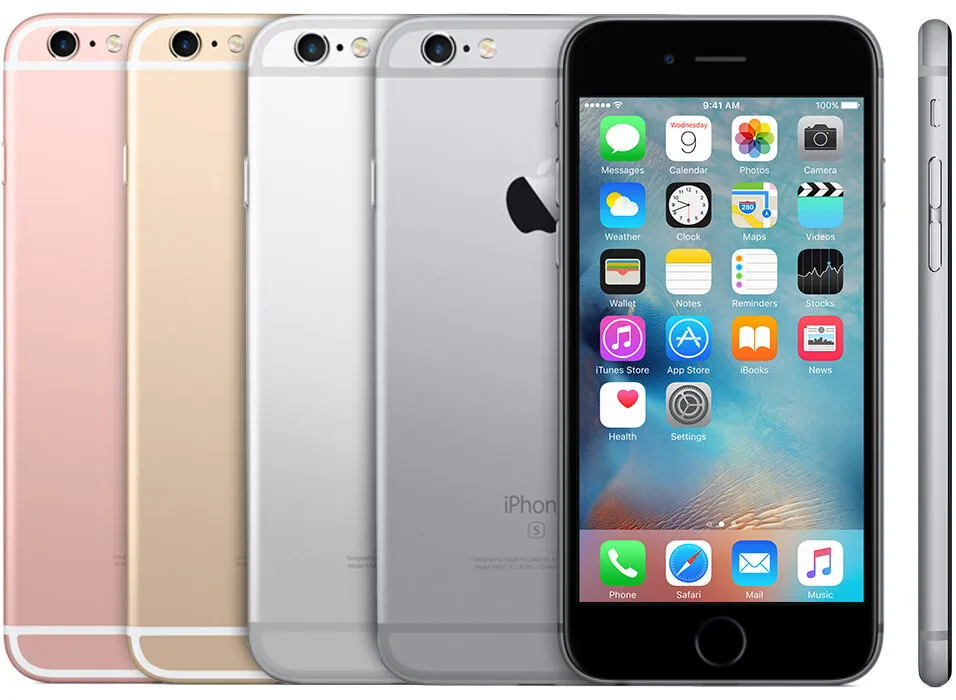
3D Touch pressure-sensitive technology and 4K video recording were highlights of the iPhone 6S.
11. iPhone SE (March 31, 2016)
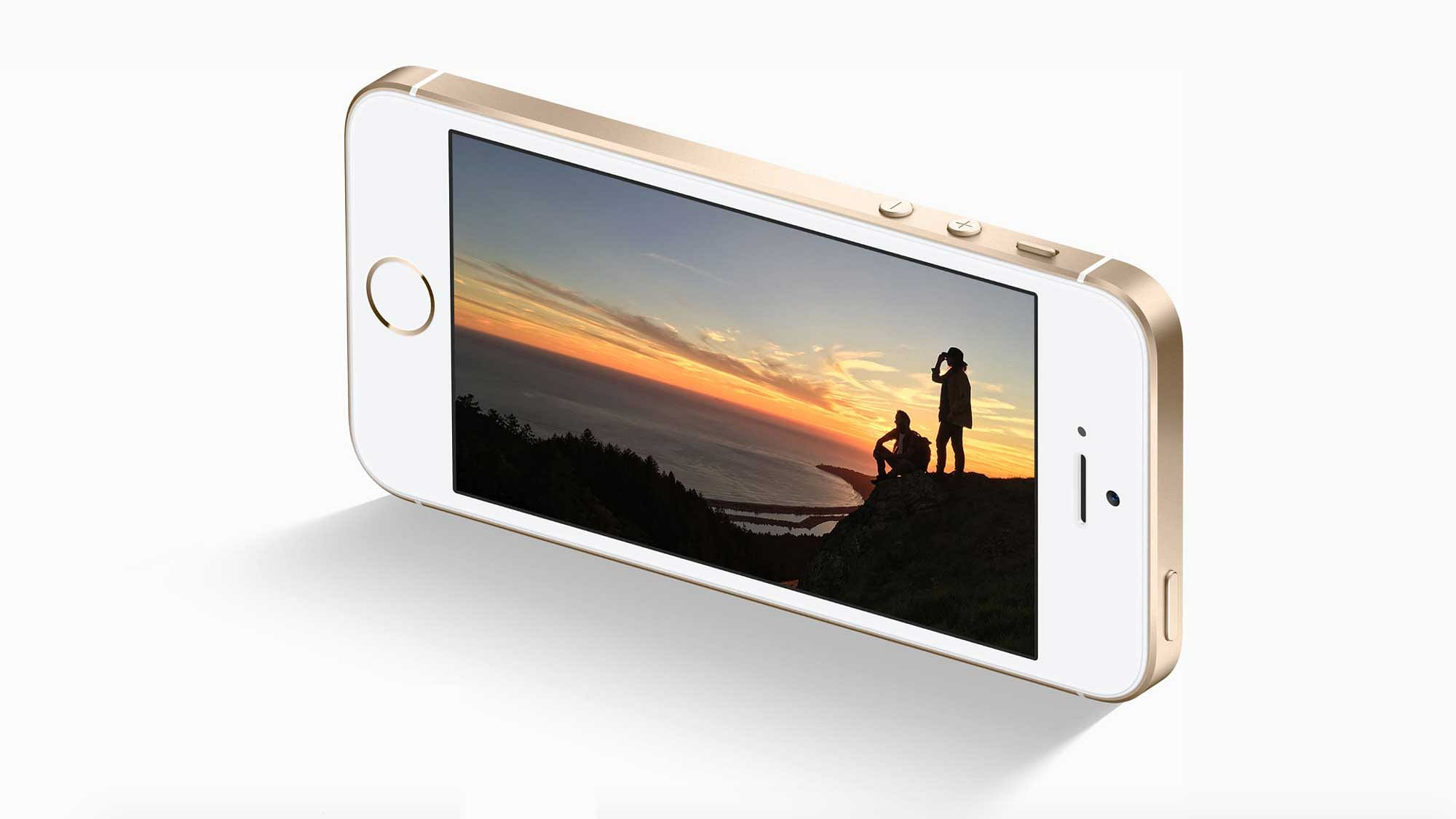
A compact iPhone with the design of the iPhone 5S and features from the iPhone 6S.
12. iPhone 7 (September 16, 2016)
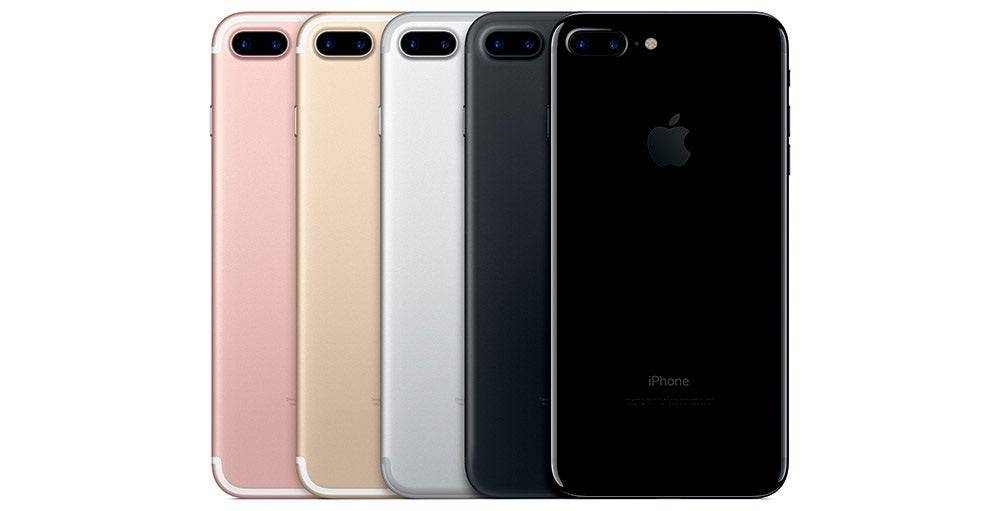
The removal of the headphone jack, water resistance, and the dual-camera system on the iPhone 7 Plus were notable changes.
13. iPhone 8 (September 22, 2017)
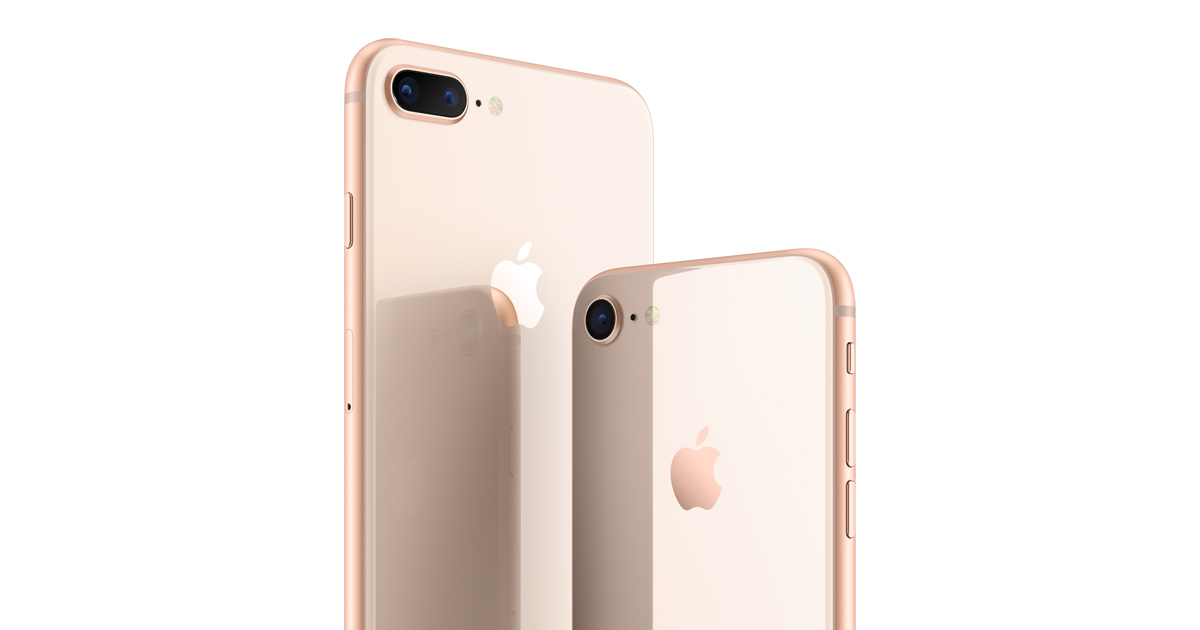
Wireless charging, a glass back, and the True Tone display were introduced with the iPhone 8.
14. iPhone X (November 3, 2017)
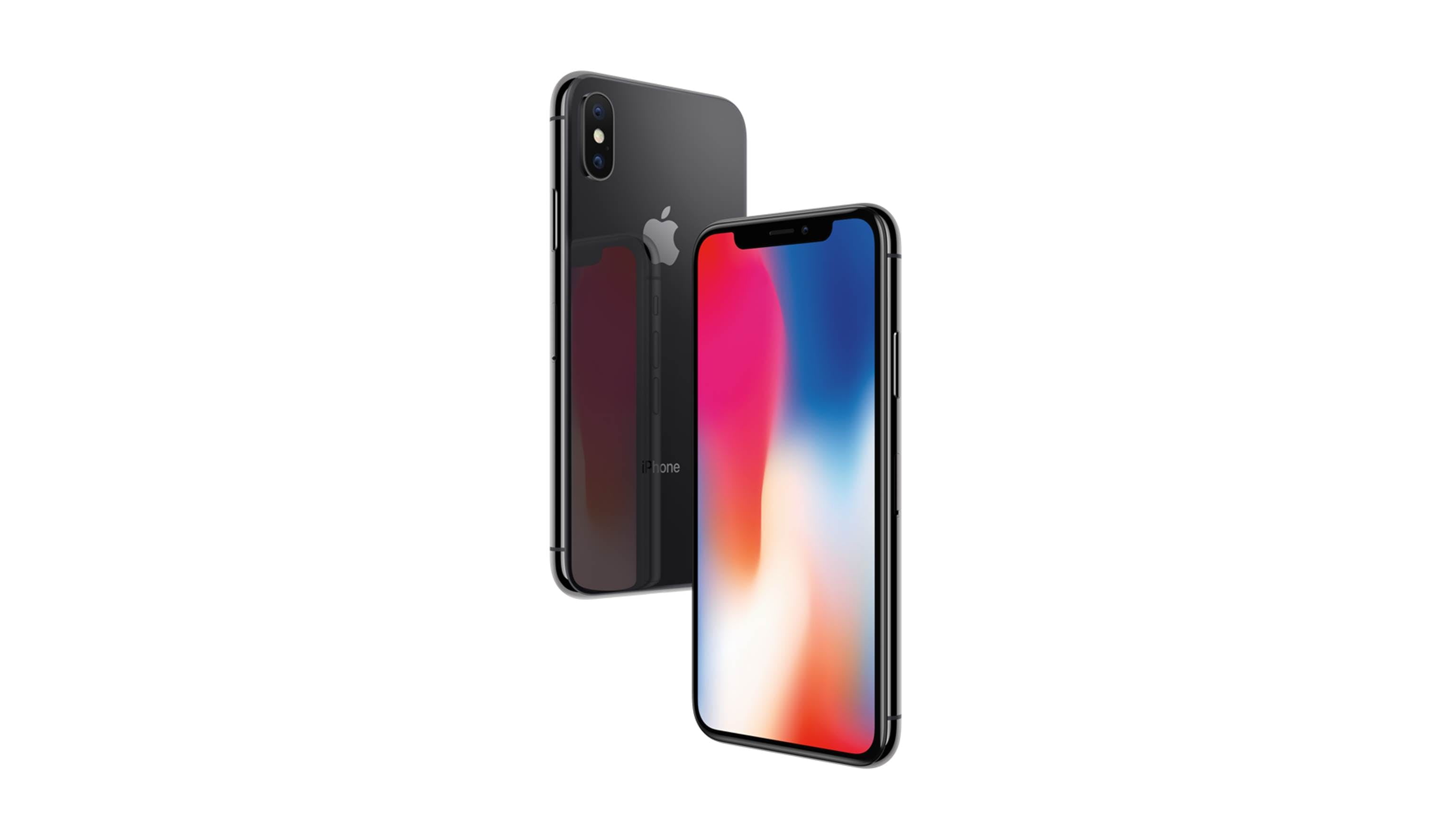
A radical redesign featuring an all-screen design, Face ID, and edge-to-edge display.
15. iPhone XS (September 21, 2018)
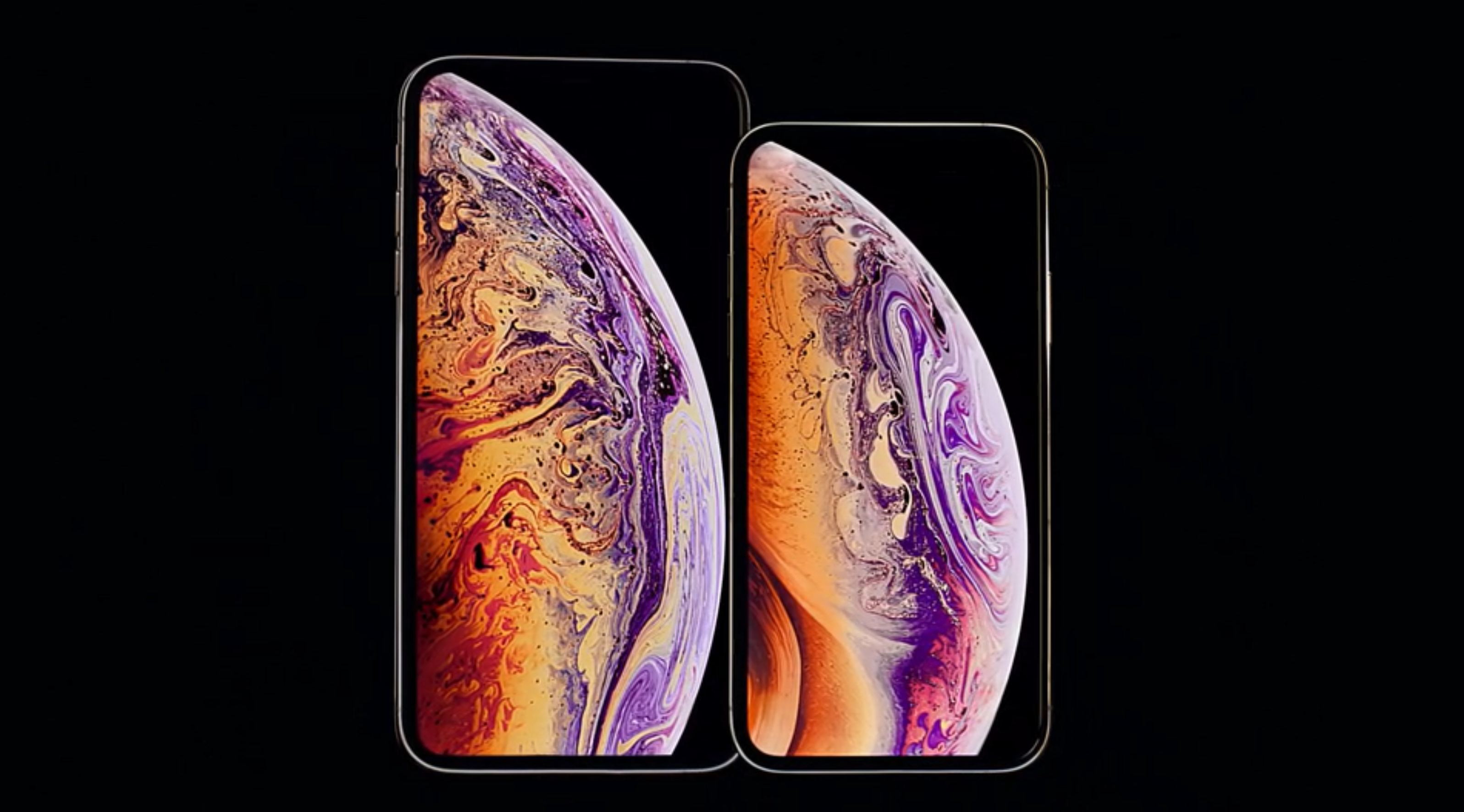
A refined iPhone X with minor improvements, including dual-SIM support.
16. iPhone XR (October 26, 2018)
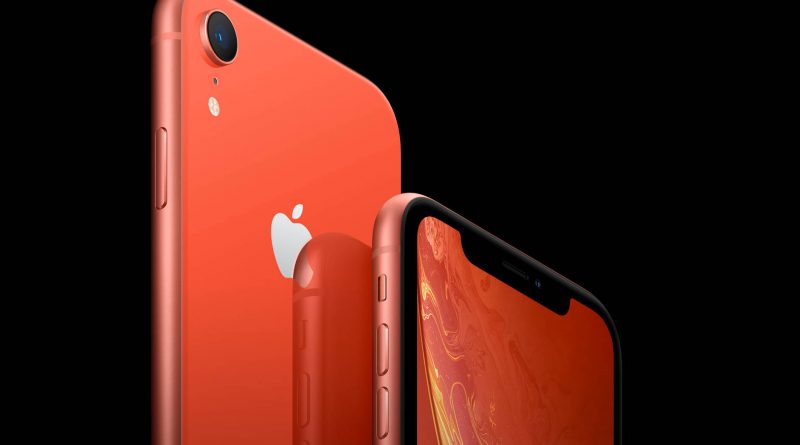
A more affordable option with an LCD display and single rear camera.
17. iPhone 11 (September 20, 2019)
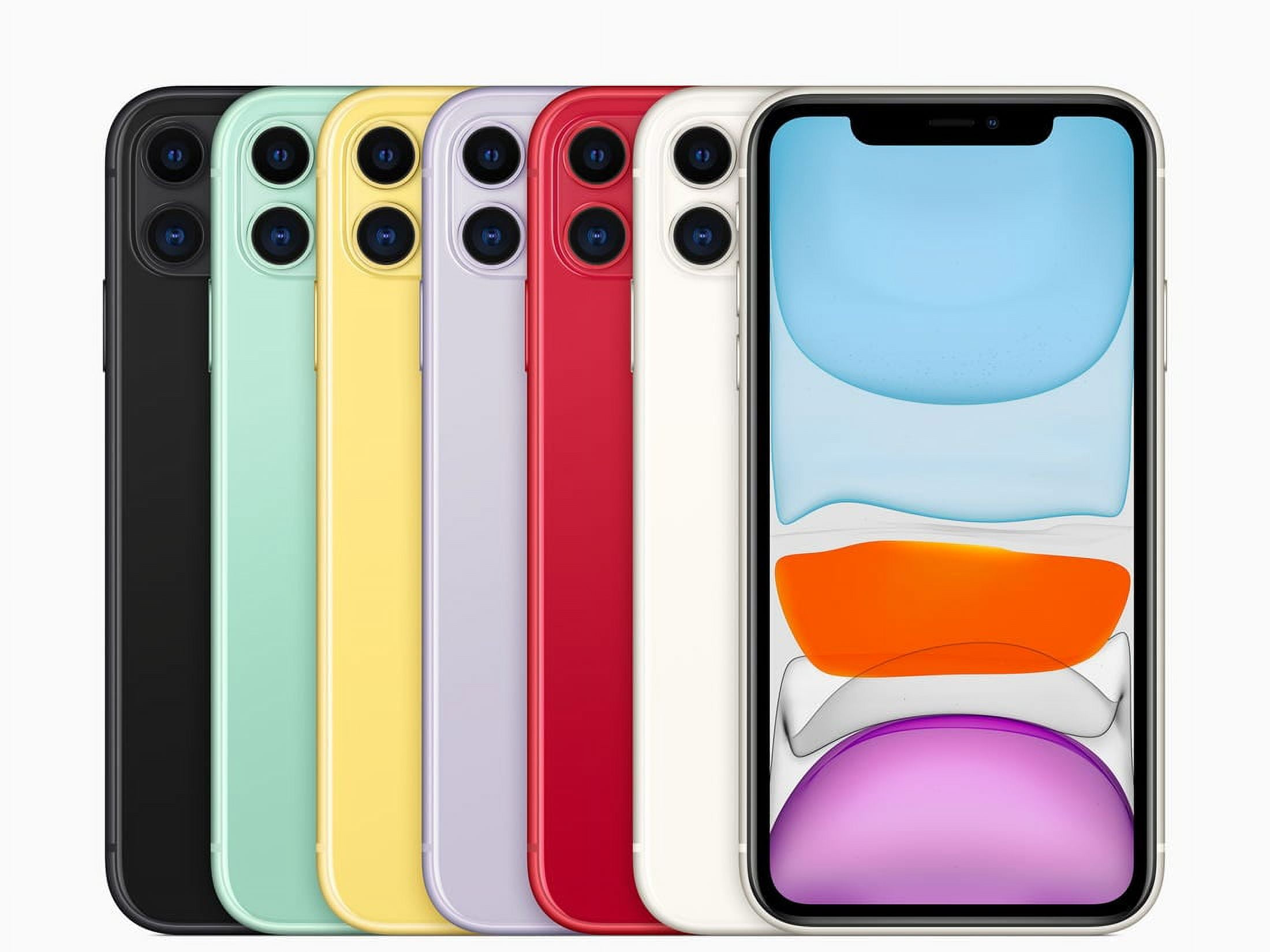
A larger 6.1-inch Liquid Retina display and an ultrawide camera were key features.
18. iPhone SE (2nd Gen) (April 24, 2020)
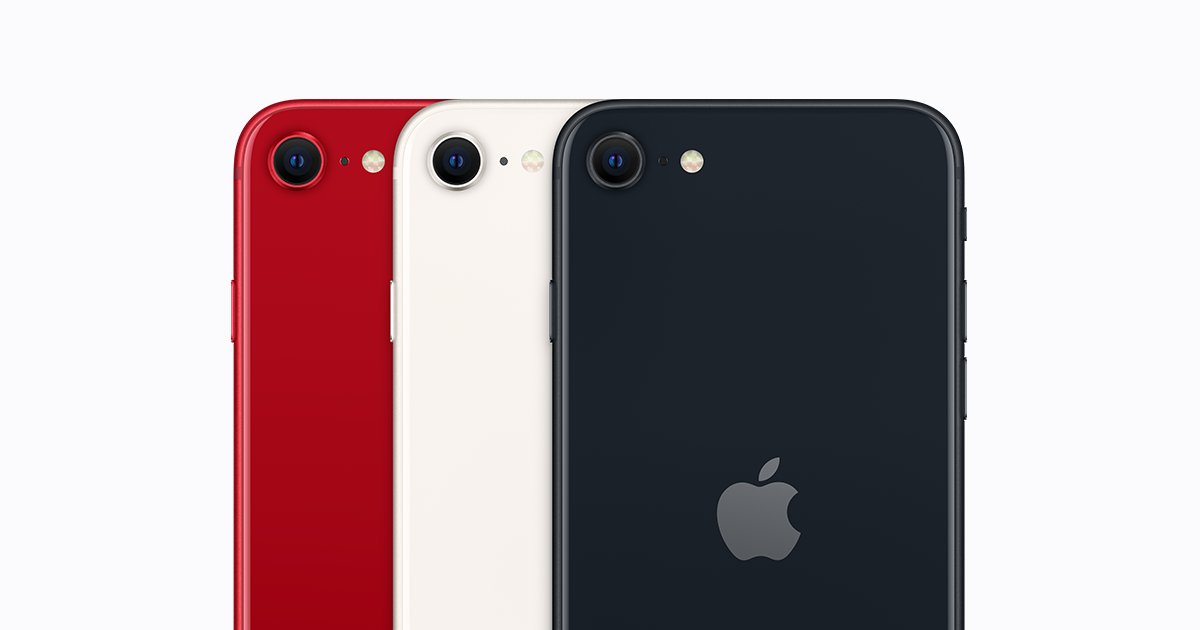
An updated SE model with the A13 Bionic chip, a larger display, and Haptic Touch.
19. iPhone 12 (October 23, 2020)
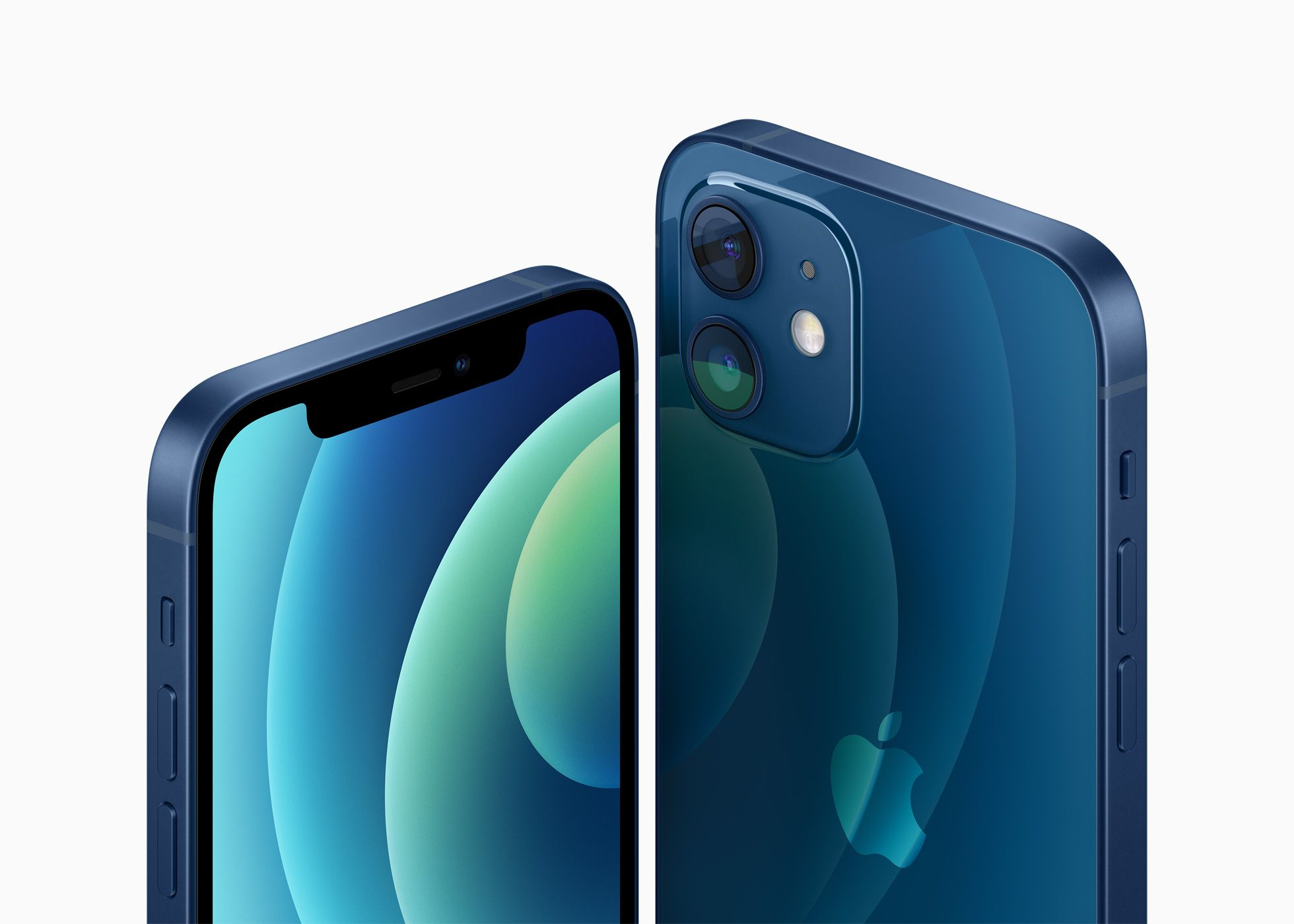
MagSafe magnetic charging, Super Retina XDR display, and Ceramic Shield were introduced.
20. iPhone 13 (September 24, 2021)

Significant battery life improvements, Cinematic Mode, and ProRes video on Pro models.
21. iPhone SE (3rd Gen) (March 18, 2022)
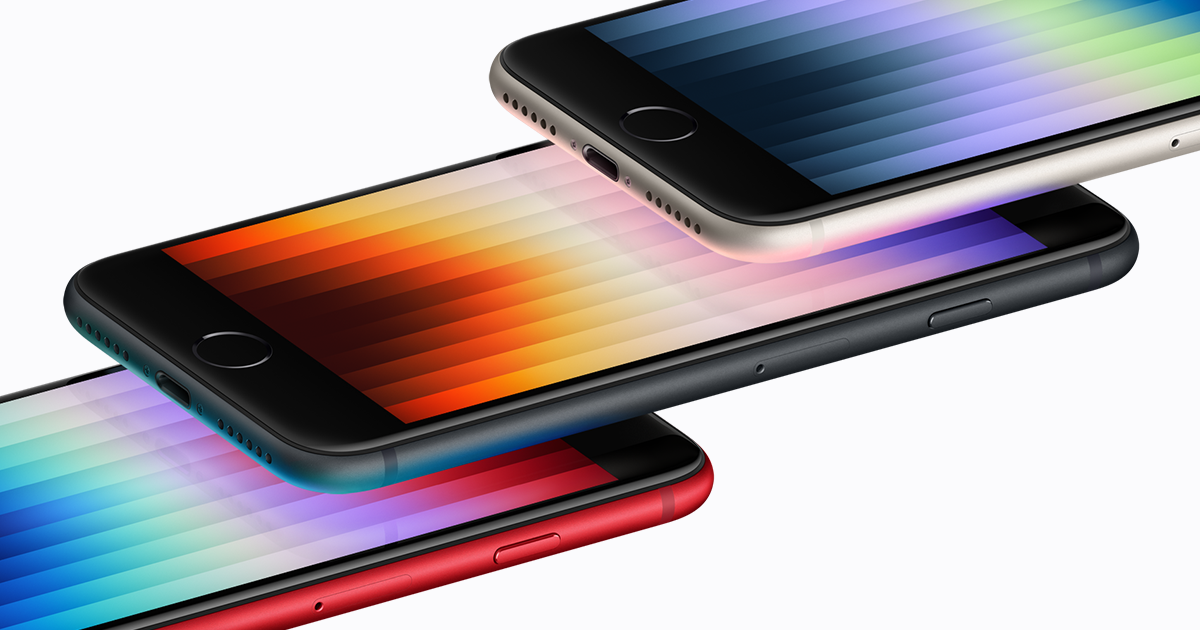
The return of the home button, 5G connectivity, and improved camera features.
22. iPhone 14 (September 16, 2022)
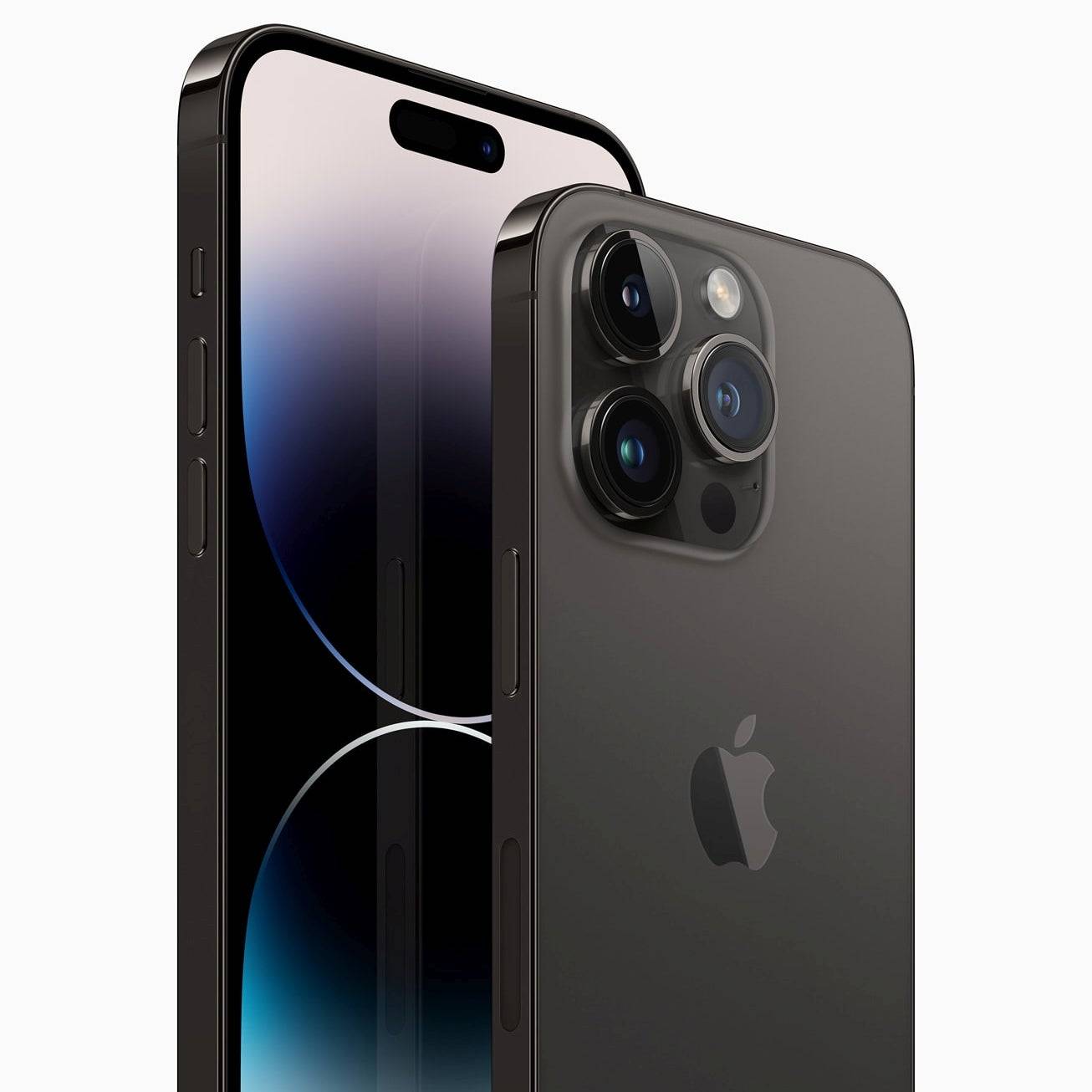
Emergency SOS via satellite, upgraded camera systems, and the return of the Plus model.
23. iPhone 15 (September 22, 2023)
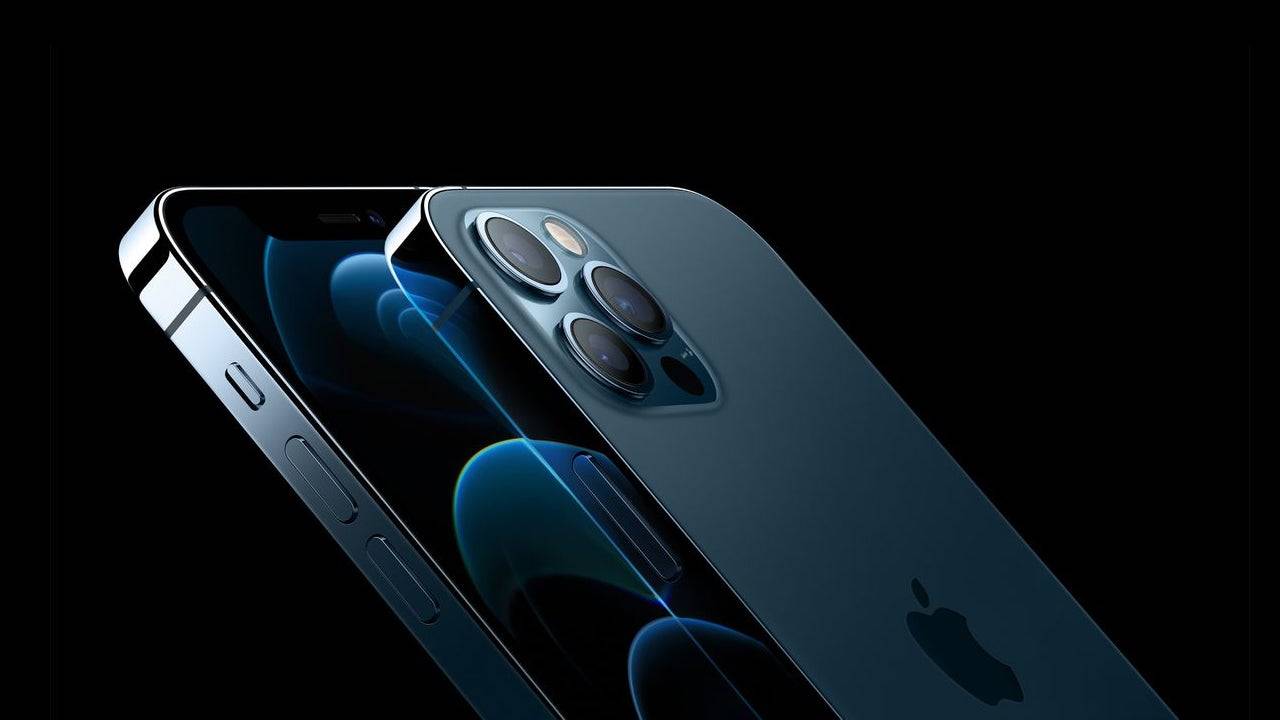
USB-C port, new Pro model features, and Action button.
24. iPhone 16 (September 20, 2024)
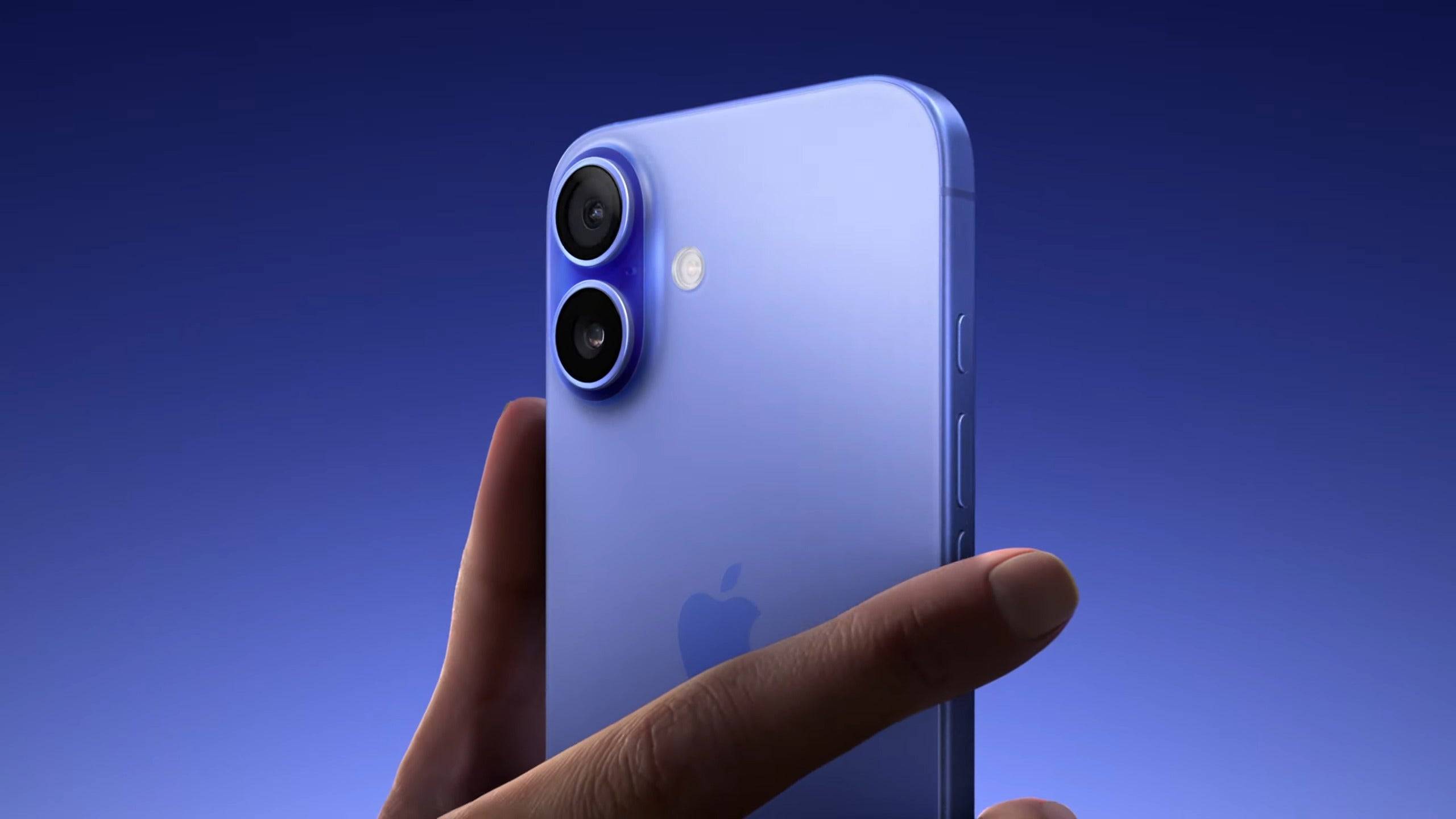
Faster CPU, customizable Action button, and Apple Intelligence integration.
Looking Ahead to the iPhone 17:
While details are scarce, expect the iPhone 17 around September 2025.
This comprehensive overview provides a detailed history of the ever-evolving iPhone.
-
Victory Banner emerges as an innovative World War II experience blending real-time strategy with third-person shooter elements. This PC-exclusive title allows players to fluidly transition between commanding troops from a tactical overhead view to peAuthor : Mia Dec 17,2025
-
The PC version of Rise of the Ronin is now available, but does it bring any new features or improvements? Continue reading to learn about the PC port's performance and how well it runs.← Return to the main Rise of the Ronin articleRise of the Ronin PAuthor : Hazel Dec 17,2025
-
 Claras Love HotelDownload
Claras Love HotelDownload -
 Neon SplashDownload
Neon SplashDownload -
 Guess the Word. Word GamesDownload
Guess the Word. Word GamesDownload -
 The Ball Game - Quiz GameDownload
The Ball Game - Quiz GameDownload -
 Mars SurvivorDownload
Mars SurvivorDownload -
 Let's do it! Gal-chan ~Fix your money and grades with sex~Download
Let's do it! Gal-chan ~Fix your money and grades with sex~Download -
 Soul Quest: Epic War RPGDownload
Soul Quest: Epic War RPGDownload -
 |Poppy Playtime| Walkthrough|Download
|Poppy Playtime| Walkthrough|Download -
 Casus Kim - Who's spy?Download
Casus Kim - Who's spy?Download -
 Poker Boss: Texas Holdem OfflineDownload
Poker Boss: Texas Holdem OfflineDownload
- Black Ops 6 Zombies: How To Configure The Summoning Circle Rings on Citadelle Des Morts
- Harvest Moon: Lost Valley DLC and Preorder Details Revealed
- Roblox: Latest DOORS Codes Released!
- Silent Hill 2 Remake Coming to Xbox and Switch in 2025
- Roblox: Blox Fruits Codes (January 2025)
- Roblox: Freeze for UGC Codes (January 2025)








![Taffy Tales [v1.07.3a]](https://imgs.ehr99.com/uploads/32/1719554710667e529623764.jpg)




